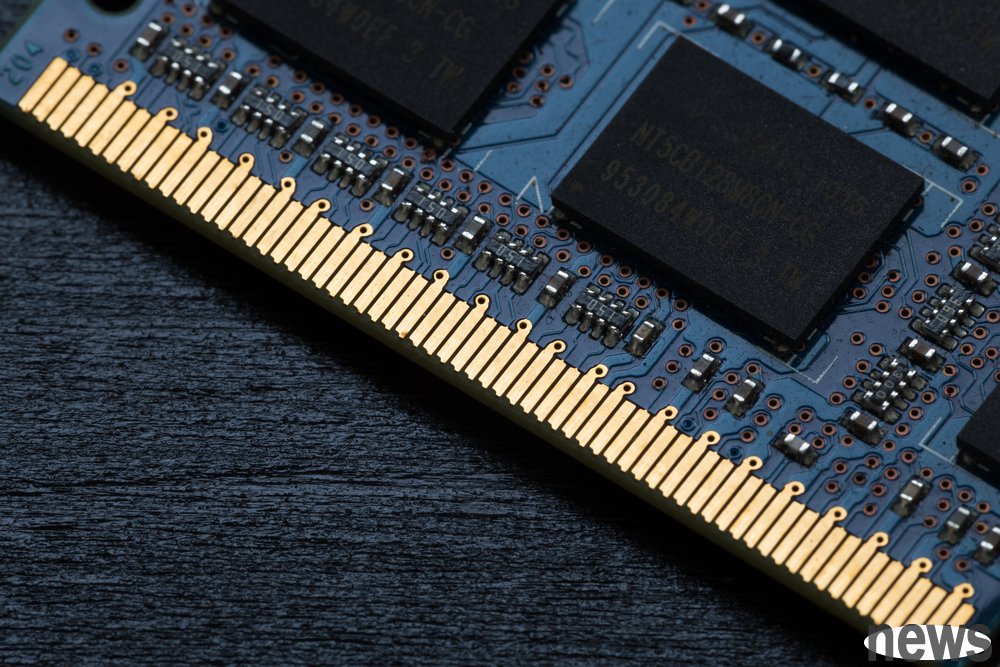
TrendForce's latest survey, as the three major DRAM original manufacturers have turned their production capacity to high-level products, and have continuously announced that DDR4 for PCs, servers and mobile LPDDR4X have entered the end of the product life cycle (EOL), which has led to the market's active supply of old-generation products, and increased the traditional peak season preparation energy, which will boost the price of general DRAM (conventional DRAM) in the third quarter of 2025 by 10% to 15%. If HBM is added, the overall DRAM will increase in the quarterly growth. 15%~20%.
TrendForce said that demand for DDR4 continued to be hot in the third quarter, and the original factory intends to expand its sales price. Taiwan's factory capacity is still not fully connected, and the product capacity is smaller and cannot meet customer demand specifications. DDR4 is still in short supply in the short term. Because DDR4 is preferred to meet server demand, the consumer side supply is limited, and the order size is small, the buyer lacks price advantages. It is expected that the price of consumer DDR4 in the third quarter will increase by 40% to 45%. The new generation DDR5 products with relatively concentrated production capacity have relatively mild prices in the third quarter, and a market pattern of differentiated prices for new and old products have emerged.
PC DRAM prices have increased significantly in the quarter, and some original manufacturers delay server DDR4 EOL due to demandAs the United States may increase import taxes after the exemption period for taxes on all other taxes, major PC OEMs are particularly required to increase the overall assembly capacity and continue to increase the DRAM inventory level. In terms of supply, the three major original factories can transfer the capacity to server DRAM, reducing the supply of PC DDR5 and DDR4. The supply of PC DDR4 is also due to the original EOL policy and the cloud service provider (CSP) that actively purchase server DDR4, etc. Based on the above factors, it is estimated that the price increase of PC DRAM in the third quarter will increase to 8%~13%.
View the server DRAM market, CSP construction data centers have brought DDR5 demand to strengthen, and DDR4 products have been shipped in advance due to EOL messages. The original plan of the original factory accelerated the conversion of DDR5 production and significantly reduced the DDR4 production capacity. However, the surge in demand for DDR4 in the second quarter of this year has prompted some original factories to delay the EOL process, affecting the progress of product line switching, and the short-term supply structure has an adjustment window period. Looking ahead to the third quarter, server DRAM demand is supported by data centers, new platforms and AI server deployments, with prices rising by 3% to 8%.
The price of LPDDR4X has increased, and the supply of GDDR6 is in short supply to push up salesTrendForce pointed out that since April, the original Korean and American manufacturers have announced that they will reduce or stop supplying smartphones and laptops next year. However, due to the failure of the corresponding processor chip specifications to be upgraded simultaneously, the market's panic demand has increased significantly, and the price in the third quarter is expected to increase significantly by 23% to 28%. LPDDR5X is mainly affected by the peak season preparation, and short-term supply is tighter, adding to the original factory's intentional reduction and other memory products, the contract price in the third quarter will remain rising by 5%~10%.
DRAM Season 3 mainly brought demand from NVIDIA's new generation of card preparations, and PC OEMs have also begun to replenish inventory, but the overall pull-in power is still relatively conservative due to the weak demand in the game market. In addition, the three major original factories have gradually switched their capacity to GDDR7 to meet the launch of NVIDIA's new GPUs. However, some other NVIDIA's medium and low-level cards, AMD and other NVIDIA still use GDDR6, resulting in short supply of GDDR6 in the short term. Overall, the price of DRAM in the third quarter has been strong, especially with GDDR6.